Sequels are one of Hollywood’s favorite get-rich-quick schemes, but the timing is crucial for cinematic follow-ups to work for critics and, more importantly, audiences. If a movie is a huge hit and the filmmakers come up with an idea for another story right away, then the sequel can reap the benefits of the goodwill left by its successful predecessor.
Most of the time, though, it doesn’t come together like that, and the filmmakers deliberate over the script for years. Some belated sequels are worth the wait – like Aliens, Terminator 2, and Mad Max: Fury Road, to name a few – but others have missed the boat and arrived long after audiences moved on from the previous movie.
Zoolander 2 (2016)
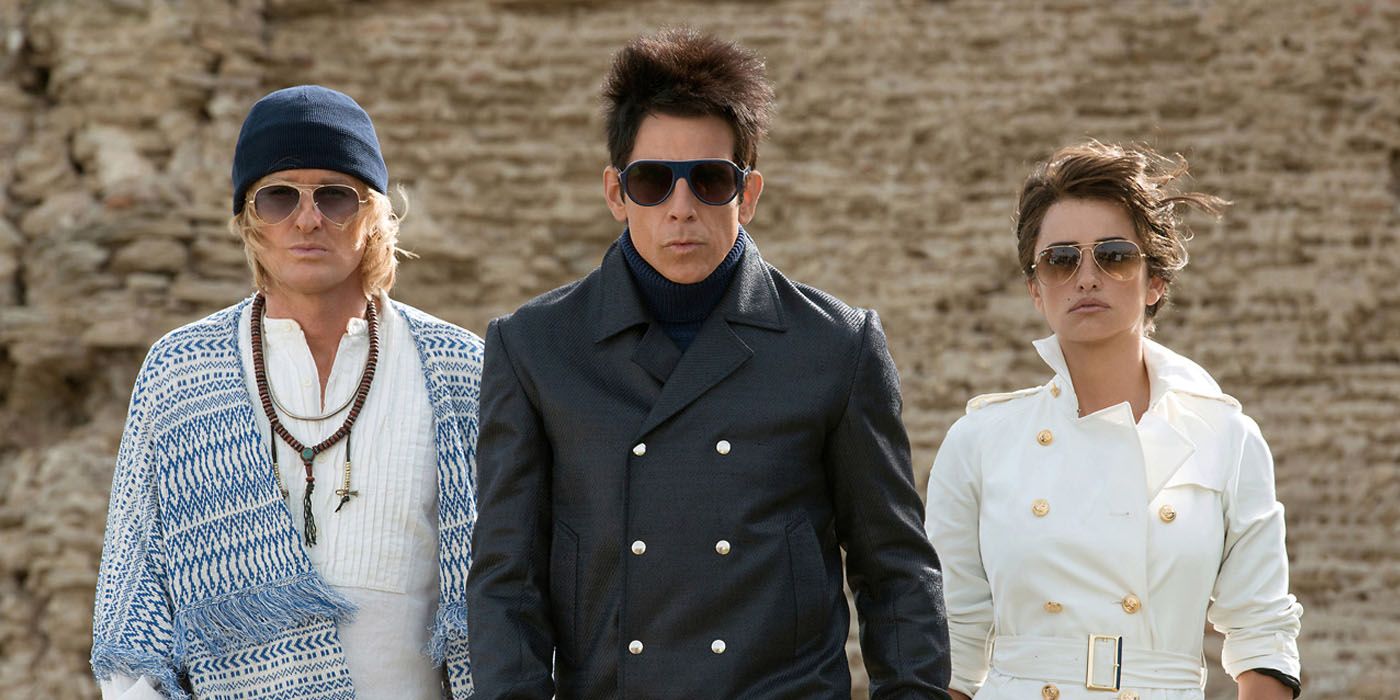
Ben Stiller’s fashion industry satire Zoolander wasn’t a huge hit when it was first released in 2001, but it garnered enough of a cult following to warrant a sequel 15 years later. The sequel is filled with rehashed jokes from the first movie, while the conspiracy plot is a needlessly convoluted version of the original’s conspiracy plot.
By the time Zoolander 2 was released in February of 2016, the audience had moved on, the fashion industry had changed, and the sequel’s gags about selfie sticks and Justin Bieber aged like milk. The original, thankfully, is still a timeless classic, but the sequel has since been almost completely forgotten by fans of the character.
Independence Day: Resurgence (2016)
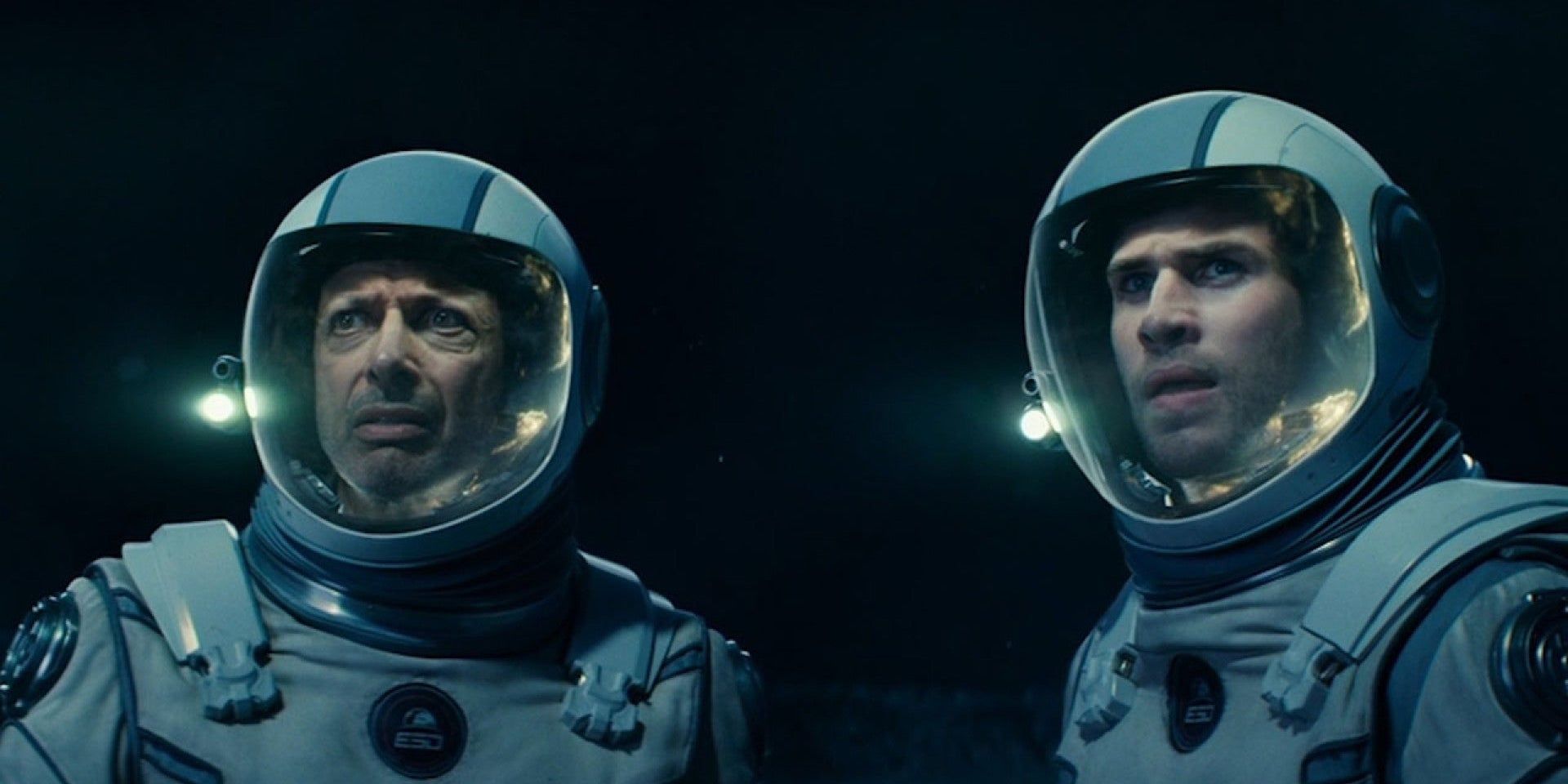
20 years after Independence Day became one of the highest-grossing movies of all time, Roland Emmerich returned to that universe for the belated sequel Independence Day: Resurgence. The premise of the sequel is a literal rehash of the first one: 20 years after the initial attempted invasion, the same aliens come back for another attempt to take over Earth.
While Independence Day was one of the biggest movies of the ‘90s, audiences had moved on by 2016. Films about alien invasions are now commonplace in Hollywood (Battleship, Battle: Los Angeles, District 9, etc.). And it didn’t help that the sequel was missing the main draw of the original: Will Smith. Liam Hemsworth is OK, but he can’t match the charisma or sheer box office power of the former Fresh Prince of Bel-Air.
Wall Street: Money Never Sleeps (2010)
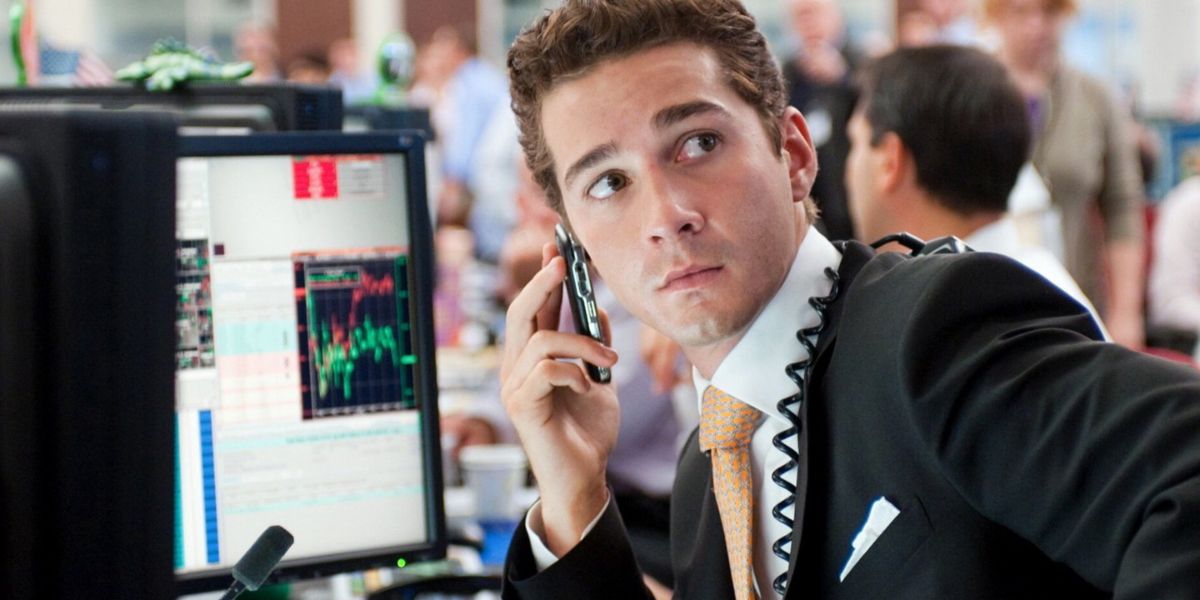
While superhero movies and sci-fi adventures are tailormade to be followed by countless sequels, dramas about the financial industry don’t tend to be franchise fodder. 23 years after introducing audiences to Michael Douglas’ ruthless stockbroker Gordon Gekko, Oliver Stone returned to the Wall Street cinematic universe with a surprise sequel, Wall Street: Money Never Sleeps.
It’s more of a reboot than a sequel, as it updates Wall Street’s portrayal of the finance world for the 21st century and replaces Charlie Sheen with Shia LaBeouf as Gekko’s new protégé. Yet the “greed is good” mantra of the original that shocked Reagan-era audiences didn’t cause much of a reaction when Stone tried something similar in his sequel. Money Never Sleeps didn’t satisfy critics or audiences, and it quickly disappeared from pop culture conversation.
Psycho II (1983)
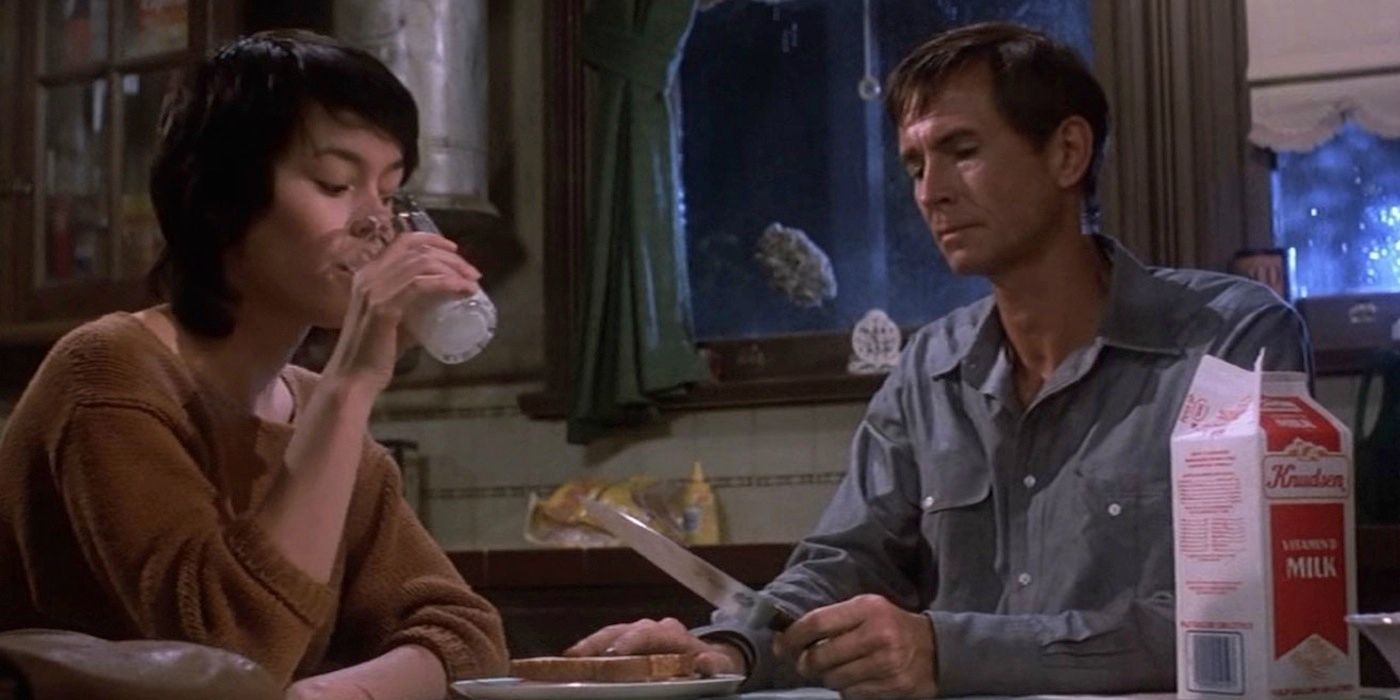
Alfred Hitchcock’s Psycho is one of the most groundbreaking and influential horror movies ever made. It’s widely regarded to be the first-ever slasher, and its shocking plot twists still hold up more than six decades later.
23 years after the original hit theaters, Psycho II was released amid a glut of similar films focusing on murderers. Hitchcock didn’t return to the director’s chair, because he died a couple of years prior, but it did bring back cast members Anthony Perkins and Vera Miles. Psycho II isn’t a bad movie, but it is essentially a generic ‘80s slasher with the legendary Psycho name tagged on it.
Finding Dory (2016)
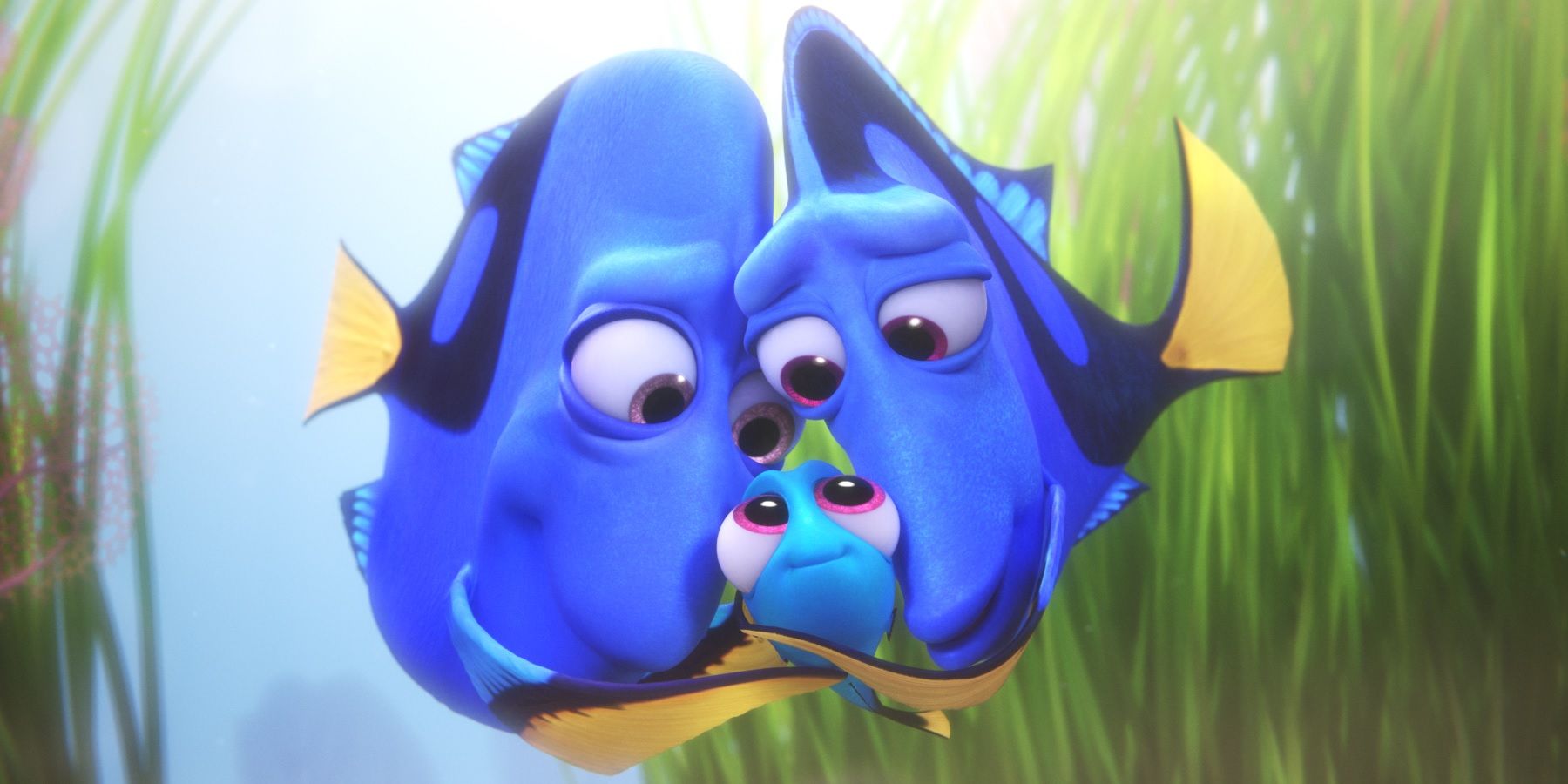
Belated sequels have become Pixar’s bread and butter. The last couple of Toy Story movies were a decade apart, and Finding Dory and Incredibles 2 were both released more than 10 years after their predecessors. While the Incredibles sequel capitalized on the MCU-era superhero movie trend, Finding Dory didn’t do enough to feel like a necessary addition to the story.
Thanks to its self-contained setting, Finding Dory is too small-scale to live up to the hype. The original was an epic set across the entire ocean, but the sequel is largely confined to a marine life observatory. The result is a movie that feels inconsequential and repeats the same story beats of the original.
Sin City: A Dame To Kill For (2014)
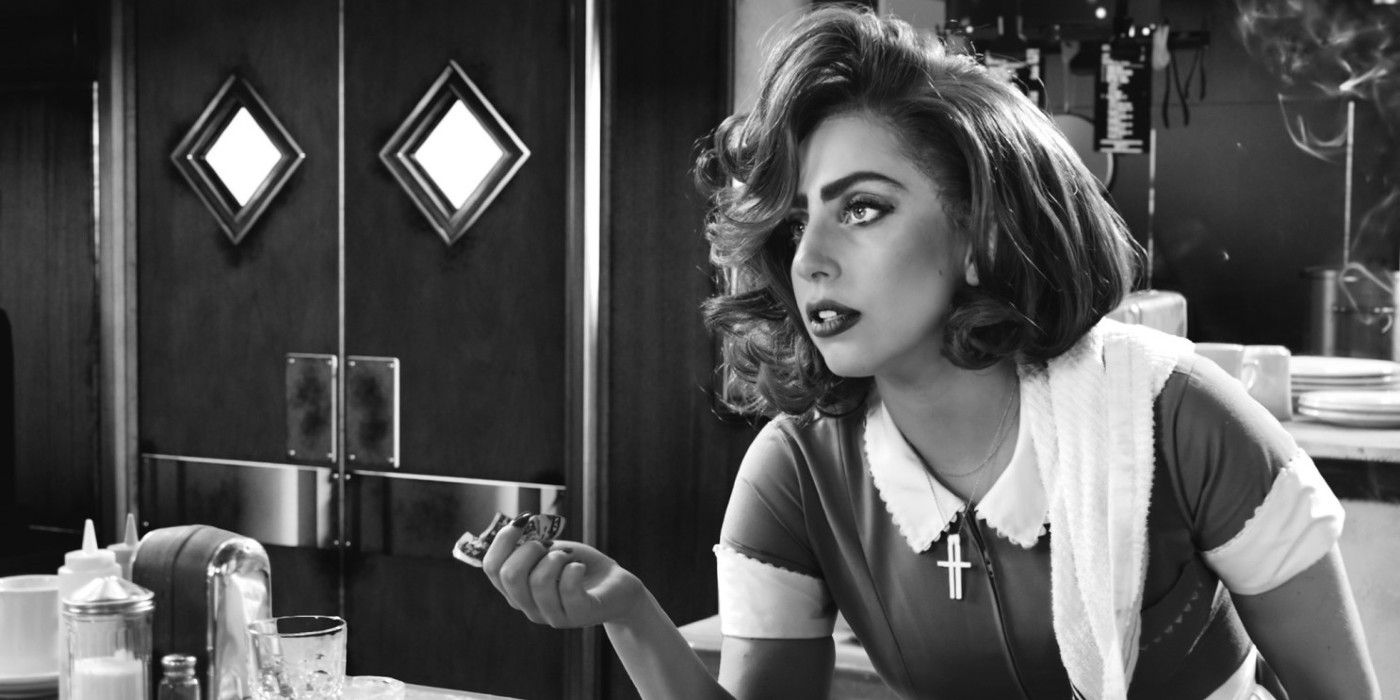
Robert Rodriguez and Frank Miller made a minor splash in 2005 with Sin City, a hard-boiled noir homage adapted from Miller’s comic book of the same name. Sin City wasn’t a giant Marvel-sized blockbuster, but audiences appreciated Rodriguez’s stylistic flourishes and all the A-list stars mixed into the anthology movie’s ensemble cast.
Nine years later, Rodriguez and Miller reteamed for a sequel, Sin City: A Dame to Kill For, which felt like more of the same. Unlike its predecessor, the sequel bombed at the box office and didn’t inspire the few fans who saw it.
Tron: Legacy (2010)
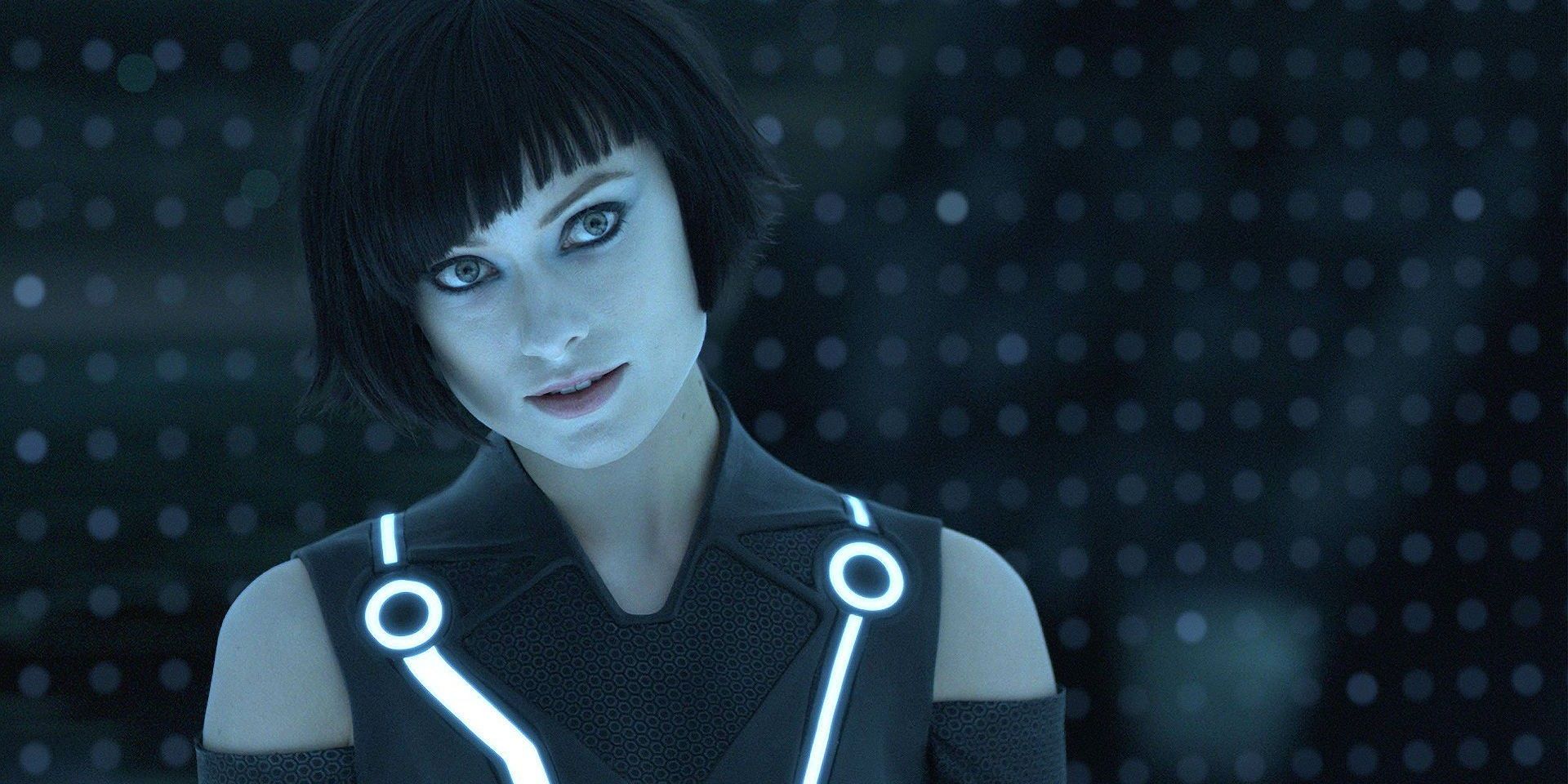
In 2010, Disney’s relentless quest to turn all of its intellectual properties into long-running franchises pumped out Tron: Legacy. The sequel takes the quirky video game world of the first movie and gives it a Matrix-y makeover with sleek visuals, shiny leather costumes, and an atmospheric soundtrack by the legendary French duo Daft Punk.
The original Tron movie, released 28 years earlier, was only ever meant to be a little cult sci-fi movie. Not everything needs to be turned into a big-budget blockbuster franchise and while the film grossed $400 million worldwide, it didn’t cause fans to clamor for more movies featuring the generic characters.
Dumb And Dumber To (2014)
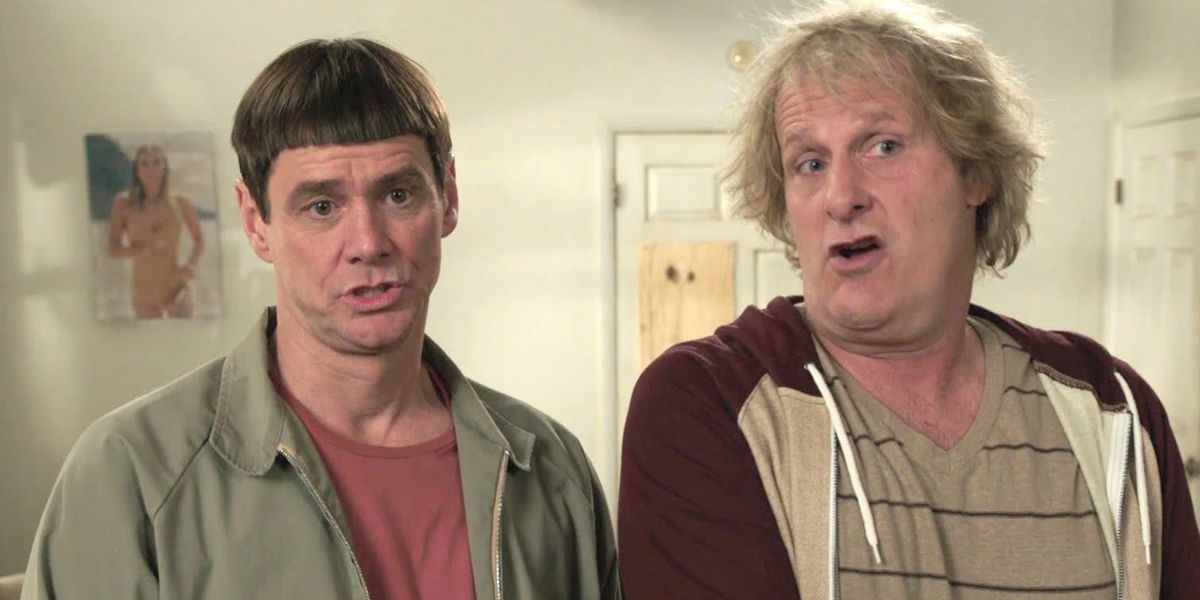
The Farrelly brothers’ Dumb and Dumber is one of the funniest comedies ever made. There are a few big laughs every minute, helped massively by the hilarious on-screen chemistry shared by Jim Carrey and Jeff Daniels.
20 years later, Carrey and Daniels reunited with the Farrellys for a sequel, Dumb and Dumber To, whose gags are so crass and outdated that the script appears to have been sitting in a drawer for those whole two decades. This wasn’t the first attempt at a Dumb & Dumber sequel either; in 2003, Dumb & Dumberer: When Harry Met Lloyd was released without Carrey and Daniels and did even worse at the box office.
Indiana Jones And The Kingdom Of The Crystal Skull (2008)
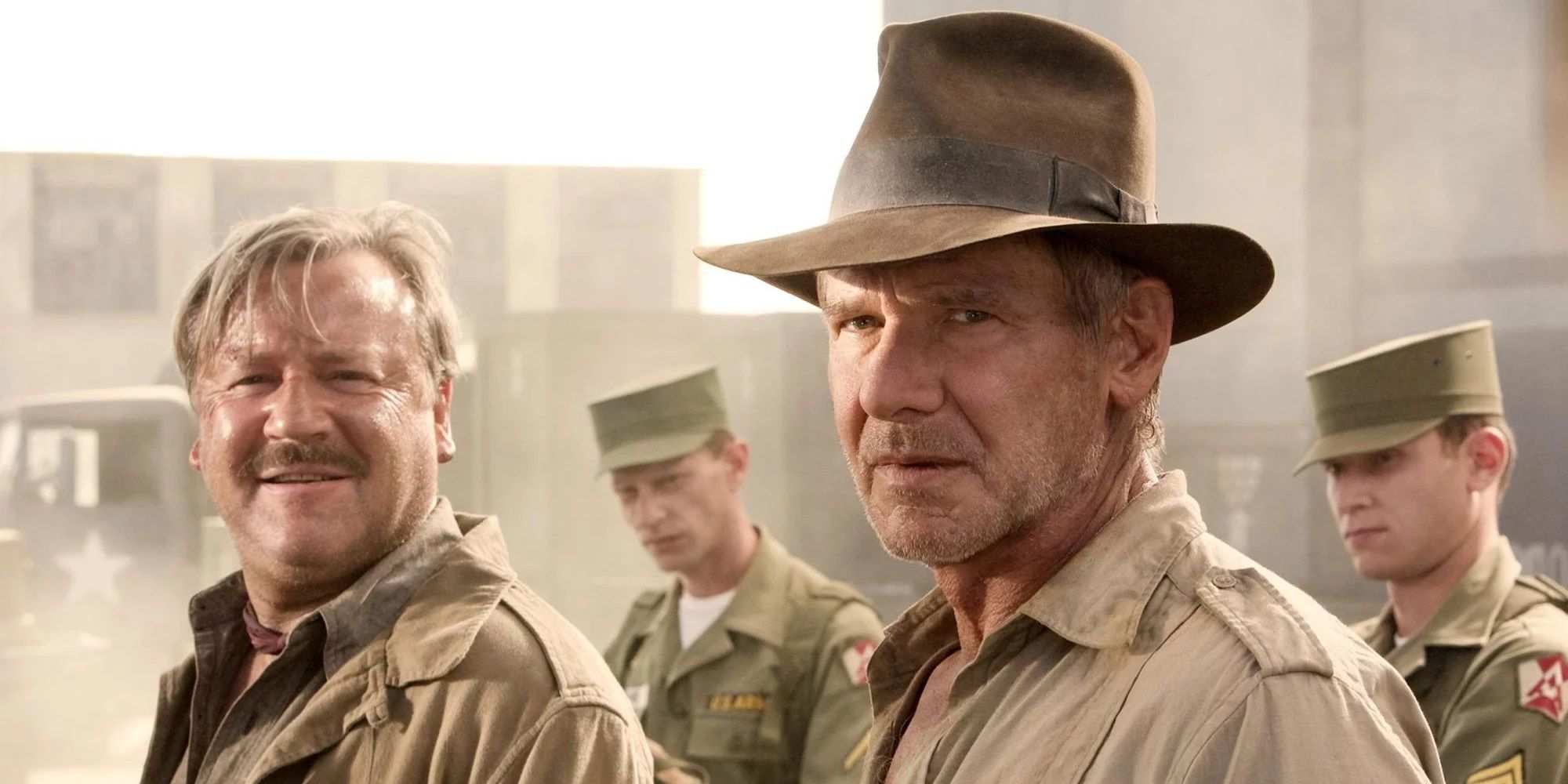
Steven Spielberg and George Lucas gave Indy’s on-screen adventures the perfect conclusion in Indiana Jones and the Last Crusade. After giving up the Holy Grail and realizing what’s really important, Indy rides off into the sunset with his dad and his closest friends.
Indiana Jones fans couldn’t have hoped for a better ending to Indy’s journey. Unfortunately, 19 years later, Spielberg and Lucas dragged their iconic archeologist out of the woodwork for a fourth movie. Kingdom of the Crystal Skull was accused of jumping the shark – or “nuking the fridge” – by including aliens. Plus, by 2008, Harrison Ford had aged out of the role of a guy who hangs from moving trucks and swings around on a bullwhip.
My Big Fat Greek Wedding 2 (2016)
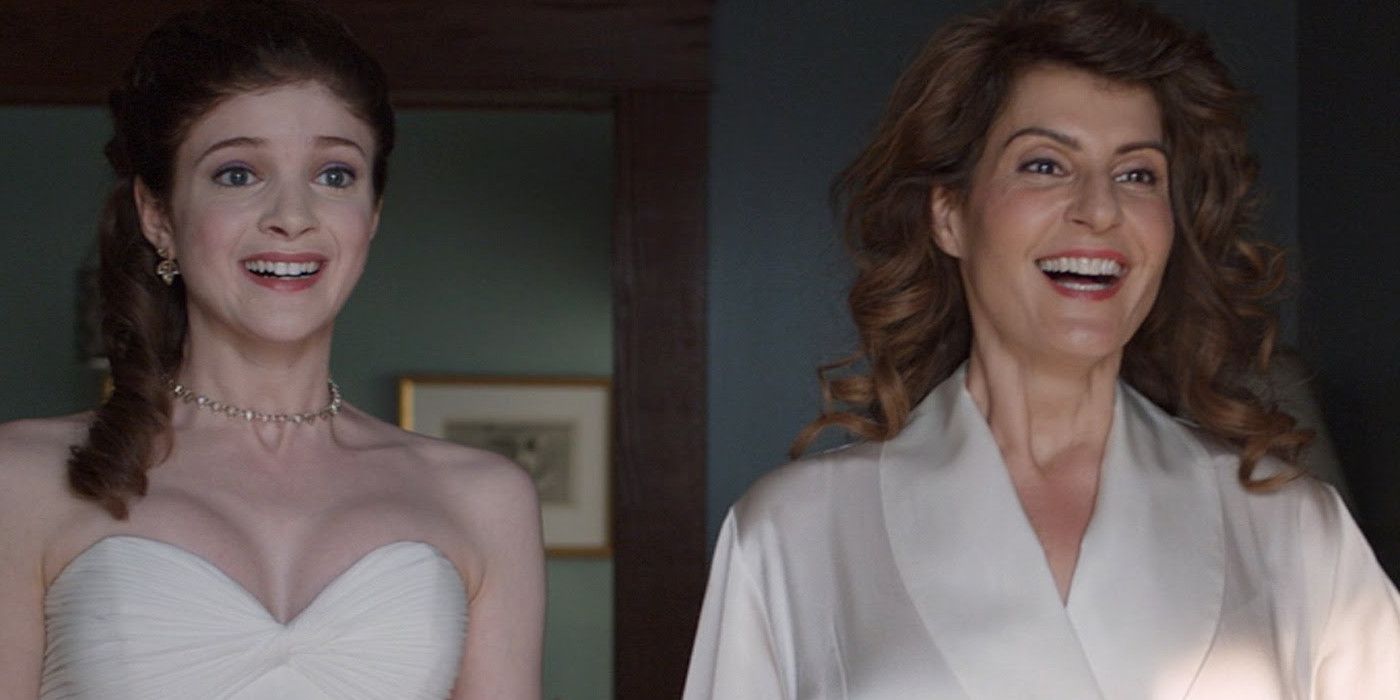
After capturing the zeitgeist with an inspired culture-clash love story, the first My Big Fat Greek Wedding movie became a sleeper hit at the box office and, at the time, the highest-grossing rom-com ever made.
14 years later, Nia Vardalos returned for a sequel. It was a box office success, but nowhere near as successful as the original, and Vardalos’ sitcom-lite script was far less inspired and more predictable than her Oscar-nominated work on the original.




